The main occupations of the Schela commune inhabitants are agriculture and animal breeding. The commune has about 4500 hectares of agricultural field, which is 60% worked by the Albina Agricultural Association, 20% by other local agricultural associations and 20% individually by the land owners. The cultivated crops in Schela generally consist of wheat (abt. 60% from the surfaces), maize (abt. 20%), sunflower, soya-bean, lucerne and other fodder cultures (abt.20%).
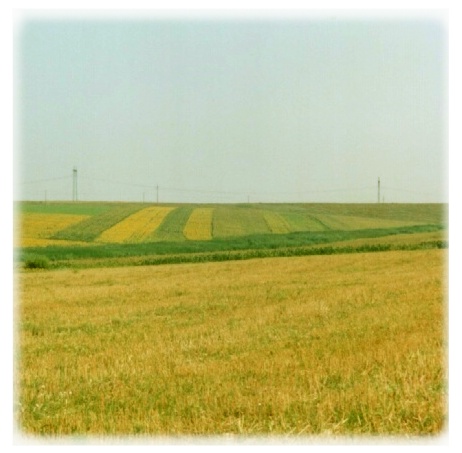
Cultivated fields of the commune
Exploitation of agricultural fields is not the only object of activity of Albina Agricultural Association. It has also a livestock department. Therefore the Association has trained personnel for field exploitation, for farming machinery and tools' maintainance and for animal breeding. About 7% from the Schela's labour works in farming, in the Albina Agricultural Association or another agricultural associations in the commune.
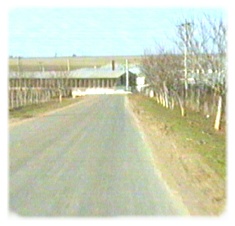
The premises of the Albina Agricultural Association

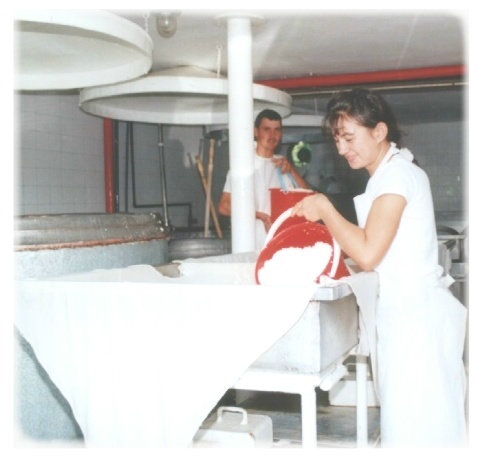
The milk processing factory in Schela
A small milk processing factory started out in Schela
village, back in 2001.
It produces cottage cheese.
There is also a brand new small factory of edible oil,
a mill and a bakery.
All these business have been initiated
by local private investors in the last years.
No joint ventures have been developped yet.
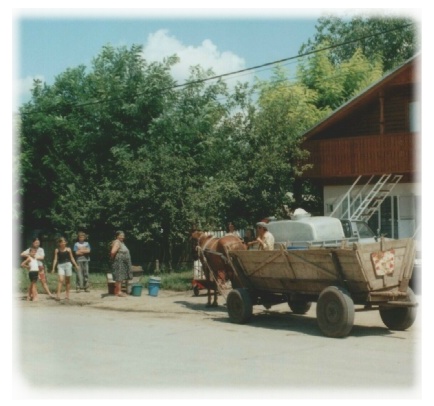
Milk collecting
About 5% of the Schela inhabitants work outside the
commune: in the Iron Steel Works in Galati,
in the Petrom crude oil exploitation or
in other business in the Galati city.
About 2% from people work in the local economic units.
About 1% work in education, adminitration and health care.
Adding the 7% percentage of people who work in farming
we come to the conclusion that almost 85% of the active
population in the Schela commune is unemployed
and just look after their own farms.

Most unemployed individuals in the Schela village
look after their vineyards and their own fodder fields in
order to feed animals they posess.
The 1400 families living in the two villages Schela and Negrea
have in their courtyards almost 1400 cows, 2000 pigs and 1500 sheep.
This means that, on the average, almost every family
has one cow in its courtyard and breeds a pig every year.
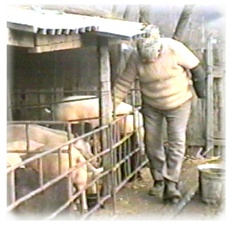
Pigs' breeding in courtyards
Almost every family in the Schela commune cultivate ungrafted
grape varieties which do not need treatment.
The red wine is most appreciated in those parts.
On the average a family produces about 800 liters of wine and
100 liters of brandy every year.
People have in their courtyards fruit trees such as:
plum trees, cherry trees and apricot trees.
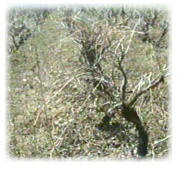
Ungrafted vineyard in Negrea

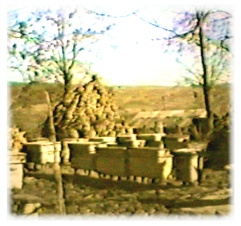
Beehives in Negrea
People still use horses for farming works and transportation.
Almost 3 families in 5 have their own carts/ waggons and horses.
20-30 hens are being breeded yearly in almost every courtyard.
People also breed ducks and geese as the both villages
lie on the Lozova downstream.
Beekeeping used to be also a traditional occupation in the
villages.
Back in 2001, because toxic substances were sprinkled
over the fields without warning the beekeepers, the
bees populations in the area had drastically diminished.
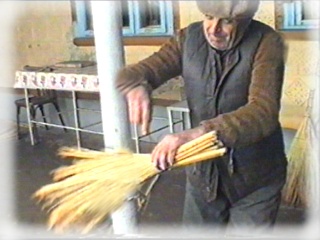
Villager in Negrea making brooms
There are some people in these villages who still practise
some traditional handmade works, extremely rare these days.
Nicu Marin is a horse farrier.
Ion Mitrea makes manually brooms from plants.
Catinca Popa weaves carpets and blankets at a wooden
hand tissue tool, as people use to do long time ago.
Ion Tapu and Costica Hanturu are famous for building
draw wells and detecting underground water sources.

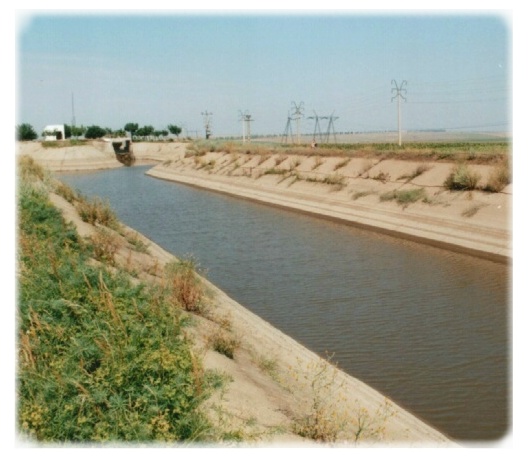
Irrigations channel
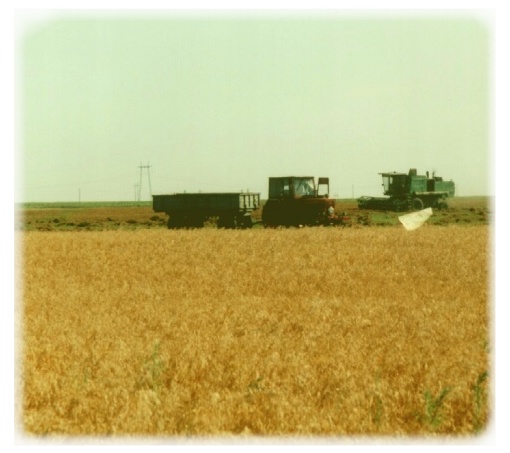
Wheat crops
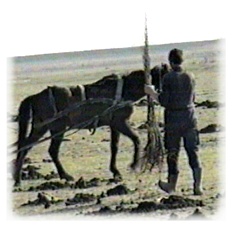
Villager in Schela working the field
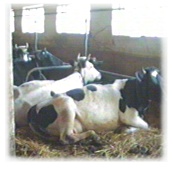
A stable in the Albina Agricultural Association
